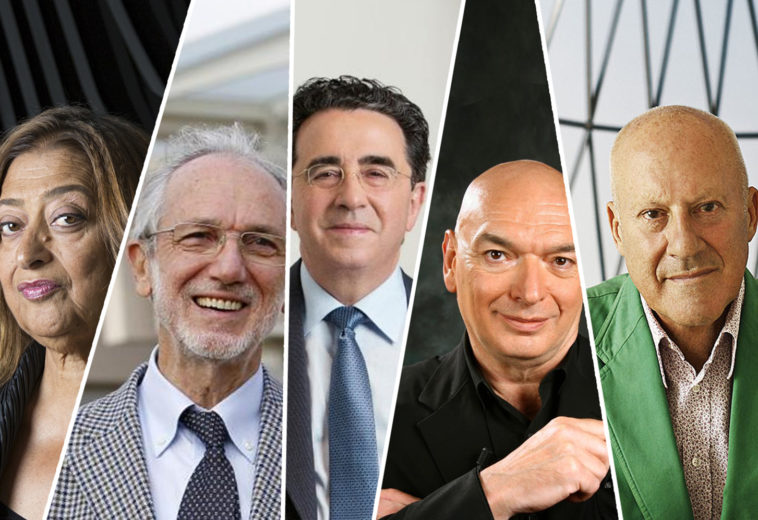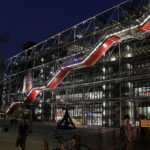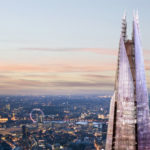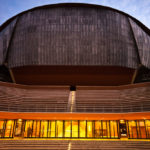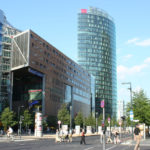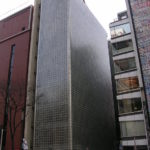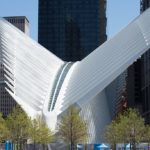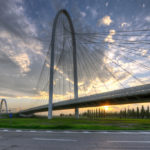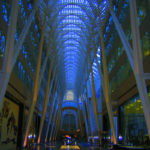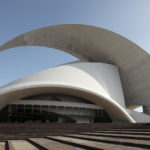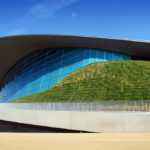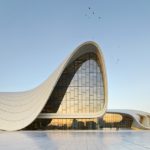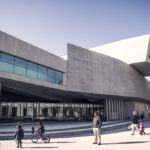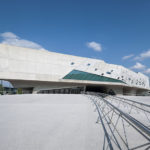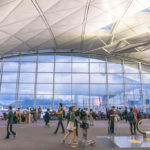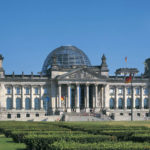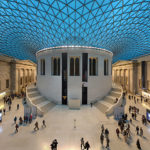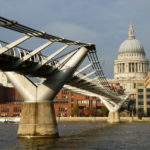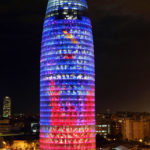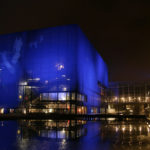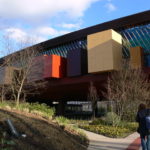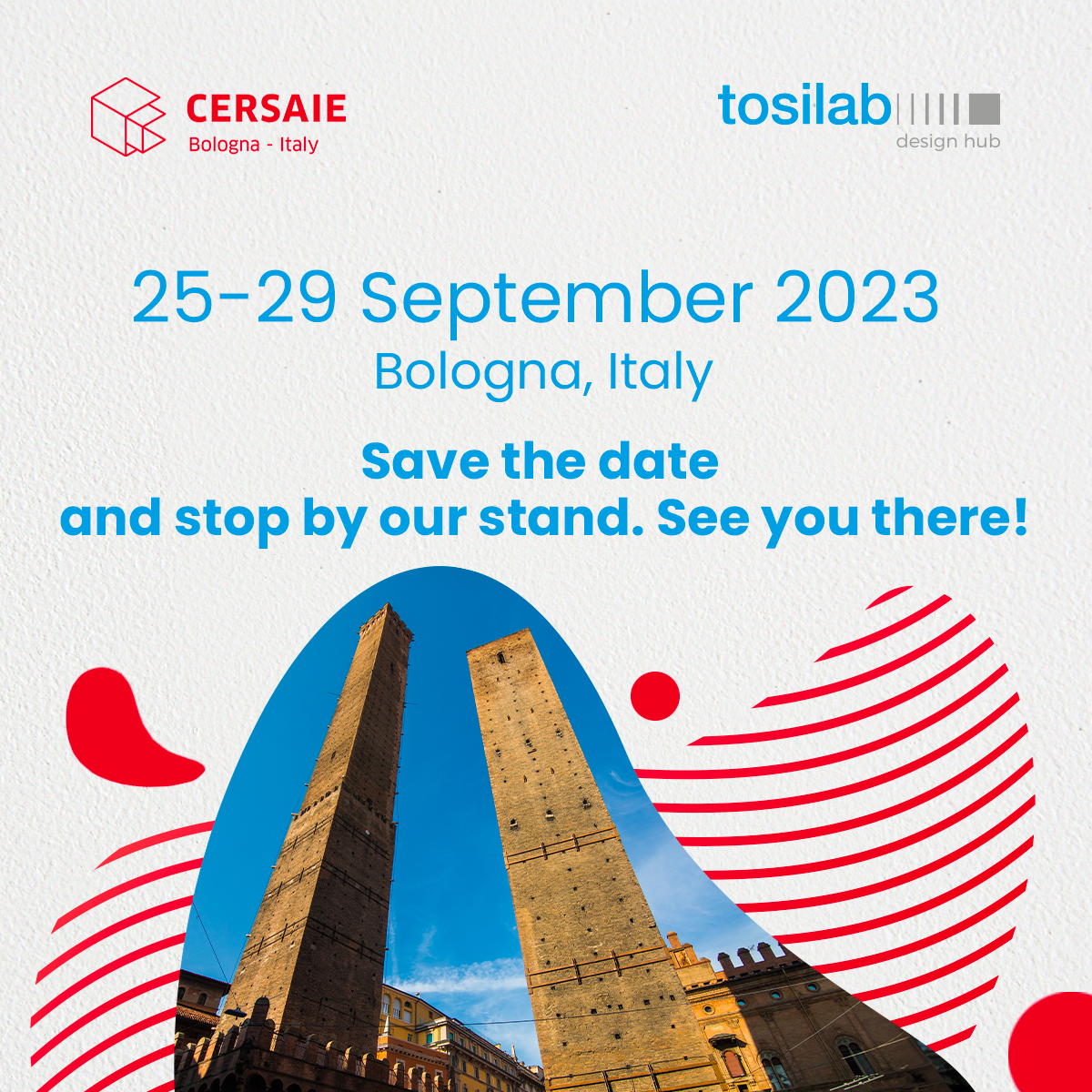Trendwatching with the archistars
Tosilab’s year-round trendwatching entails continuous, careful observation of every detail – visual, cultural and many other aspects – and aims to intercept trends where they are born and developed. Moreover, observing the trends and innovations that key figures in the field of architecture – the so-called archistars – propose in their works, is an essential trendwatching activity. But what is an archistar? Who are the most recognised international archistars?
What does ‘archistar’ mean?
The term archistar is a neologism consisting of two words: the first “archi” part is an abbreviation of the word architect. “Star” is taken from the English word star, used to indicate a person famous in his or her own particular field. The word “Archistar”, then, refers to a famous architect in the design world, taking its cue from the better-known English word “rockstar”.
The word Archistar made its official debut in architecture in 2003, when it was used by Gabriella Lo Ricco and Silvia Micheli in Lo spettacolo dell’architettura. Profilo dell’archistar to label an architect whose work wins him remarkable media success. However, it wasn’t until 2008 that the term was included in the official collection of neologisms and began appearing in Italian language dictionaries.
Although the word is not commonplace in everyday Italian, the architectural community has embraced it, attributing it to professionals generally considered to be internationally famous.
Chi sono le archistar? Eccone alcune
È bene sottolineare che non esiste un metro di giudizio per decidere chi possa essere considerato archistar o no, per cui vi elenchiamo una serie di nomi che nel campo dell’architettura vengono largamente considerati tali. In questo articolo ne abbiamo scelte cinque, tra le più conosciute a livello internazionale: Renzo Piano, Santiago Calatrava, Zaha Hadid, Norman Foster, Jean Nouvel.
Renzo Piano
Renzo Piano is one of the world’s most renowned, prolific architects. In 2006, TIME magazine listed him as one of the top ten most influential people in the Arts and Entertainment category. Winner of major awards and UNESCO ambassador for architecture, Renzo Piano graduated in Milan in 1964 and has, over the course of his career, worked with some of the modern era’s most successful architects: Makowskj, Marco Zanuso, Franco Albini and Louis Kahn.
With regard to his profession, he has stated: <<Architecture is an old craft like hunting, fishing, farming or exploring. After the hunt for food comes the search for a home. At a certain point, man, dissatisfied by the shelters offered by nature, became an architect>>.
Some of his most famous works includes:
Georges Pompidou centre, Paris
This structure, co-created with English architect Richard Rogers, was designed in 1977 to host French and international contemporary art. Although inaugurated in the early 1980s, it is still seen as a model for futuristic, avant-garde architecture. The exterior has a high-tech look characterised by mechanical elements and piping, while the square opposite – also designed by Renzo Piano – lets the visitor admire the building from further away.
The Shard, London
Located in Southwark, this skyscraper was inaugurated on 5th July 2012. A staggering 310 metres high, the Shard is the highest skyscraper in the European Union, the third-highest in Europe and the 57th highest in the world.
Parco della Musica auditorium, Rome
One of the Genoa-born archistar’s most important Italian works is undoubtedly the Parco della Musica Auditorium in Rome. Outwardly soft and rounded, its almost geometrical, straight lines harmonize movement and give an airy sense of lightness.
Postdamer Platz, Berlino
Renzo Piano was entrusted with the reconstruction of the famous Potsdamer Platz, one of the worst-hit areas of the German city during the Second World War.
Renzo Piano’s works also include the Debis Tower which stands in the square: it uses a range of materials, such as brick, for the walls, while glass and steel make up the façades. A concentrate of technology and sustainability, the façades of the Debis tower, in fact, absorb the sun’s heat, re-using it to air-condition the building throughout the year.
Negozio Hermes, Tokyo
A ten-meter-wide structure standing 56 metres high and covering 10 floors: this is what the Genoa-born archistar came up with for Hermes, a French fashion house that commissioned Piano to design their Japanese headquarters in Tokyo’s Ginza district.
The façade features glass blocks illuminated by a golden light, perfectly illustrating the idea of refined luxury. In addition to the store, Renzo Piano also included an exhibition area, ample office space and an access point for the subway that runs beneath the building.
Santiago Calatrava
Spanish architect and engineer Santiago Calatrava is known for his organic, nature-inspired designs, a trend that is becoming increasingly widespread as explained in the article Natural Appeal. “Calatrava style” combines the visual concept of architecture with the key principles of engineering. Some of his most famous works include:
The World Trade Center Station, a project designed to mark the anniversary of the 11th September attacks.
World Trade Center, New York
The Ponte Nord of the Le Vele project, in Reggio Emilia
Calatrava Bridge, Reggio Emilia
The interior of the BCE Place Galleria, Toronto, illustrates Calatrava’s organic style, with a vaulted ceiling evocative of a tree-lined avenue
BCE Place Galleria, Toronto
The Tenerife auditorium
Auditorium, Tenerife
Zaha Hadid
Dame Zaha Hadid was an Iranian architect and designer who became a naturalised British citizen. She was the first woman to win the prestigious Pritzker prize (2004) and, in 2013, her architecture studio was listed as one of the most important in the world. Zaha’s works are characterized by curved structures, mainly thanks to the use of modern technologies and materials such as steel, titanium, glass and plastic. Some critics baptised her style – fluid, light and evocative of natural forms – as the ‘new baroque’.
Some of her most famous works include:
London Aquatics Centre
London Acquatics Centre, Lond
Heydar Aliyev Cultural Centre in Baku, Azerbaijan, which hosts an auditorium, a library and a museum
MAXXI, the national 21st century art museum in Rome
Maxxi, Rome
Phaeno Science Museum, Wolfsburg, Germany
Wolfsburg, Germany
Norman Foster
A British architect and designer, Norman Foster is seen as a leading exponent of high-tech architecture. While his first projects were characterized by a strongly high-tech style focusing mostly on technological and structural aspects, it later softened, adopting more conventional architectural lines but retaining a characteristically “tech” aspect.
As a town planner, he has been involved in high profile projects in London (King’s Cross, Greenwich), Nimes, Cannes, Berlin, Duisburg, and Rotterdam.
His more recent projects include:
The new Hong Kong International Airport
International Airport, Hong Kong
The new German Parlament building in the Reichstag, Berlin
German Parlamen, Berlin
The Great Court at the British Museum
Great Court British Museum, London
The New Millennium Bridge in London
Millennium Bridge, London
Jean Nouvel
Jean Nouvel is a French architect, winner of numerous architectural and design awards, including the Pritzker prize (2008). Nouvel has always been a compelling personality, with clear – and sometimes controversial – ideas on how to face architectural and city planning problems. Nouvel will design the Fendi Foundation building, located in the heart of Rome between the Imperial Forum and the Circus Maximus. Curiously, Jean Nouvel has also designed a steel cutlery set, doing so in 2004 to mark the 100th anniversary of the Georg Jensen foundation.
Among the French archistar’s works we find:
Agbar Tower, Barcelona
Barcelona
Copenhagen Concert Hall
Concert Hall, Copenhagen
Musée du quai Branly, Paris
Musee du quai, Paris
Archistars play a pivotal role in our trendwatching activities. We observe every new development in architecture and design with keen interest, so we can provide solutions that are both original and unique.
And you? Who inspires you? Who, in your opinion, are the archistars of tomorrow?
Follow us on Facebook, share and comment to keep up to date with the latest trends!
- 0 Comment
